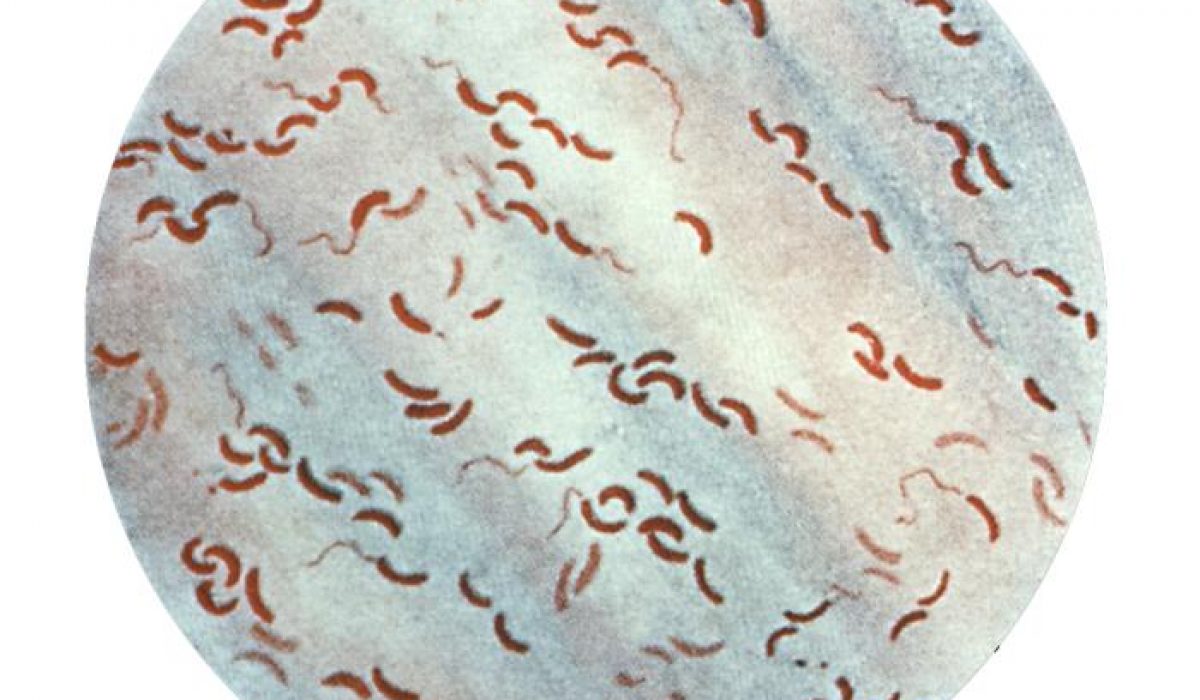Stains are unsightly marks or discolorations that can occur on various surfaces, such as clothes, furniture, walls, and floors. They can be caused by a variety of factors, from spills and stains to natural wear and tear. In this article, we will explore the different reasons why stains occur on objects and how to prevent or remove them.
I. Understanding Stains and Their Causes
Stains can be caused by a variety of factors, including:
- Spills and stains: These are the most common causes of stains, and they can come from a variety of sources, such as food, drinks, oil, ink, and other substances that come into contact with surfaces.
- Natural wear and tear: Over time, surfaces can become discolored or stained due to exposure to sunlight, moisture, or other environmental factors.
- Chemical reactions: Some substances can react with surfaces and cause discoloration, such as bleach on clothing or acidic substances on metal.
- Mold and mildew: These fungi can grow on surfaces that are damp or have a high level of humidity, causing discoloration and staining.
- Insects and pests: Some insects and pests can leave stains on surfaces, such as bed bugs on bedding or rodents on walls and floors.
Understanding the cause of a stain is essential in determining how to prevent or remove it. In the following sections, we will discuss some common types of stains and how to treat them.
II. Common Types of Stains and How to Remove Them
- Food and drink stains:
Food and drink stains are among the most common types of stains that occur on clothes, upholstery, and carpets. Some of the most common types of food and drink stains include:
- Coffee and tea stains: These stains can be removed with a mixture of vinegar and water or baking soda and water.
- Wine stains: These stains can be treated with white wine, club soda, or a mixture of baking soda, dish soap, and hydrogen peroxide.
- Grease and oil stains: These stains can be treated with dish soap or laundry detergent, or a mixture of baking soda and water.
- Ink stains:
Ink stains can be particularly difficult to remove, especially if they have set into the fabric. Some methods for removing ink stains include:
- Rubbing alcohol: Dabbing the stain with rubbing alcohol can help to break down the ink and make it easier to remove.
- Hairspray: Spraying hairspray on the stain and then blotting it with a cloth can help to lift the ink out of the fabric.
- Milk: Soaking the stain in milk can help to remove ink stains from clothing.
- Rust stains:
Rust stains can occur on metal surfaces, such as sinks, tubs, and appliances. Some methods for removing rust stains include:
- Lemon juice: Squeezing lemon juice on the stain and leaving it for several hours can help to dissolve the rust.
- Vinegar and baking soda: Mixing vinegar and baking soda can create a paste that can be applied to the stain and left for several hours before rinsing off.
- Commercial rust remover: There are also commercial rust removers available that can be effective in removing stubborn rust stains.
III. Preventing Stains
Preventing stains is often easier than removing them. Here are some tips for preventing stains from occurring in the first place:
- Use coasters and placemats to protect surfaces from spills and stains.
- Avoid eating or drinking over carpets and upholstery.
- Treat spills and stains as soon as possible to prevent them from setting in.
- Use protective covers or sprays to protect surfaces from environmental factors, such as sunlight and moisture.
- Store clothing and other items in a dry, clean area to prevent mold and mildew growth.
- Regularly clean and maintain surfaces, such as floors and countertops, to prevent buildup and discoloration.
- Use cleaning products that are safe for the surface you are cleaning, as some products can cause discoloration or damage.
- Read labels on clothing and other items to determine proper cleaning and maintenance methods.
By taking steps to prevent stains from occurring, you can avoid the hassle of removing them and keep your surfaces looking their best.
IV. Conclusion
Stains can be frustrating and unsightly, but by understanding their causes and how to prevent and remove them, you can keep your surfaces looking clean and fresh. Whether you are dealing with food and drink stains, ink stains, rust stains, or other types of stains, there are a variety of methods and products available to help you tackle the problem. By staying vigilant and taking preventive measures, you can keep your home and belongings looking their best for years to come.



